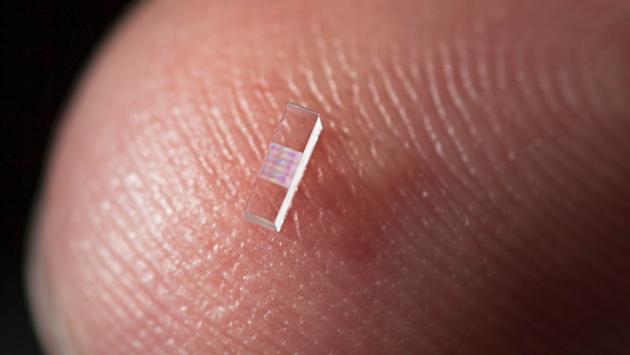You Won't Believe How Incredibly Small This Particle Accelerator Is [VIDEO]
Oct 02, 2013 21:03

Two Stanford researchers have devised a laser-based method that smashes particles together with enormous force at the fraction of its cost. If so, will particle accelerators become more powerful?
Edgar Peralta and Ken Soong designed an accelerator that relies on ultra fast bursts of laser light instead of using the traditional expensive and cumbersome way of accelerating particles to the near speed of light. They published their results on Friday in Nature.
When the electron beam is accelerated to nearly the speed of light in a conventional accelerator, it is focused onto a half micron-wide channel in the silica chip. A series of nanoscale ridges have been etched into the glass to generate precise electric fields that will boost the power of electrons as they travel through it. The electrons that exit the chip are imbued with ten times the energy as those entering it.
The breakthrough is still far from being practical for real world use but it would eventually be able to reduce the size and cost if future high energy particle colliders to explore the world of fundamental particles and forces. [SLAC]
When the electron beam is accelerated to nearly the speed of light in a conventional accelerator, it is focused onto a half micron-wide channel in the silica chip. A series of nanoscale ridges have been etched into the glass to generate precise electric fields that will boost the power of electrons as they travel through it. The electrons that exit the chip are imbued with ten times the energy as those entering it.
The breakthrough is still far from being practical for real world use but it would eventually be able to reduce the size and cost if future high energy particle colliders to explore the world of fundamental particles and forces. [SLAC]







































































